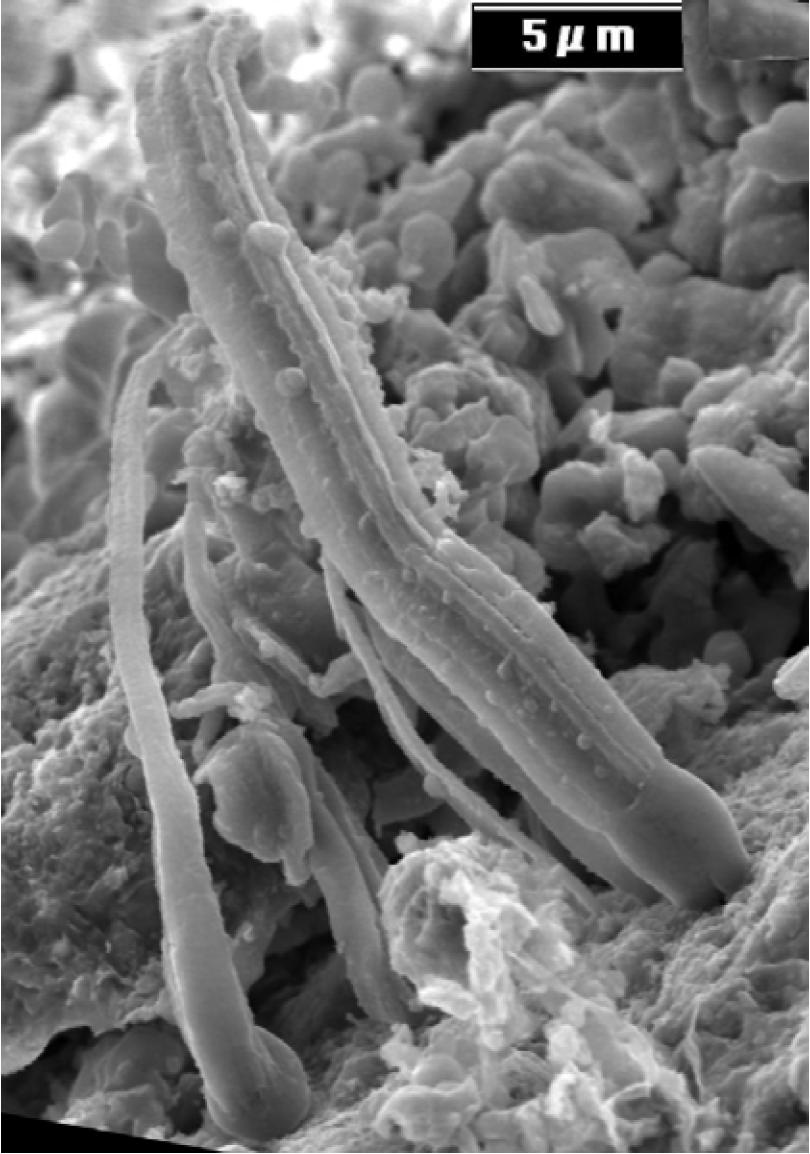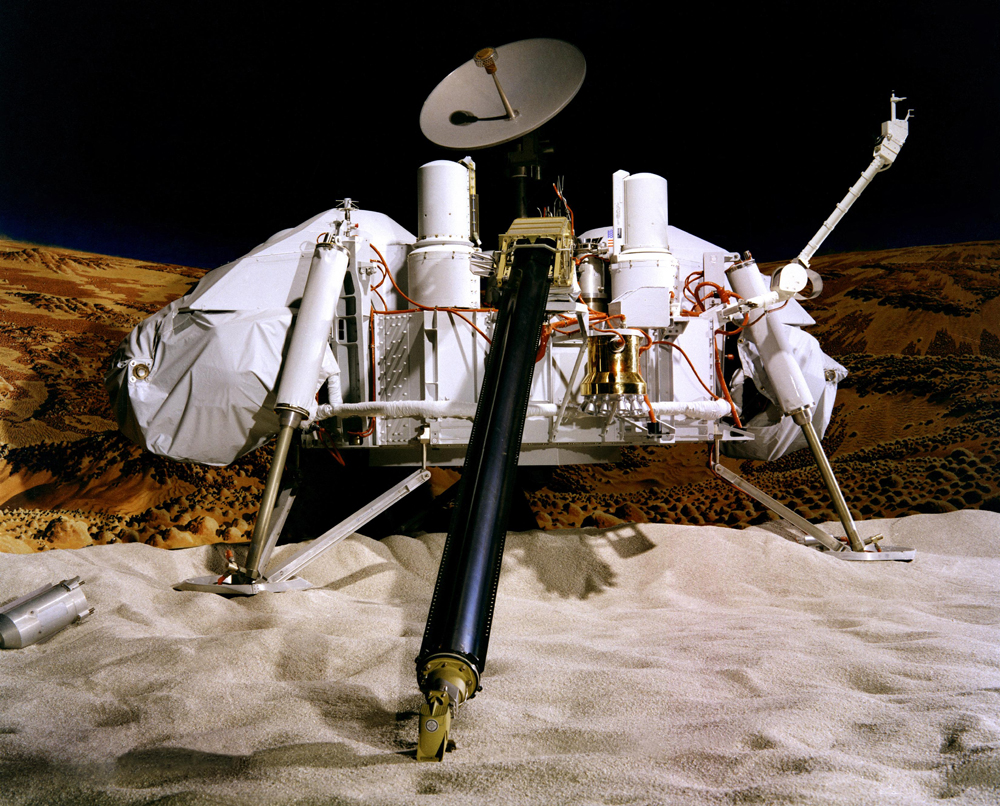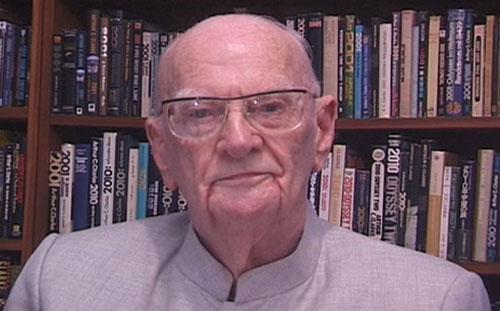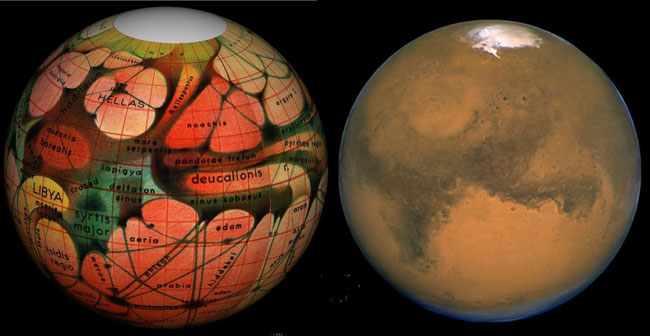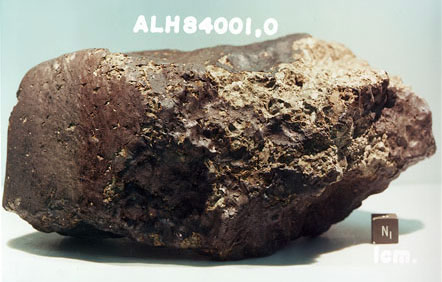5 Bold Claims of Alien Life
Introduction
For as long as we can remember, humans have wondered if we are alone in the universe.In fact, in September 2013, a team of British scientists claimed a cell fragment found by a balloon flight in the upper atmosphere may be proof of life from space. While individuals and conspiracy theorists often come forward with new "proof" of alien visitations, even scientists have claimed to find evidence for extraterrestrial life. Here are our top five scientific claims for aliens.
FIRST STOP: Microbes in Meteorites
Microbes in Meteorites
NASA scientist Richard Hoover published a paper March 4, 2011, claiming to have found fossil evidence for cyanobacteria in carbonaceous meteorites from outer space. Hoover observed slices of meteorites through scanning electron microscopes, and identified filaments and structures that he said resemble the tiny single-celled algae.
Reaction from some scientists was skeptical, in part because the study was published in the questionable Journal of Cosmology. Other researchers said the study was conducted thoroughly, but it was too soon to say for sure whether the claim would hold up.
NEXT: Viking Lander Results
Viking Lander Results
In 1976 NASA's two Viking landers touched down on the surface of Mars. The probes conducted a host of biological experiments, including collecting samples of Martian soil to test for organic compounds – the building blocks of life – and biosignatures that could indicate the presence of microorganisms.
The landers found little evidence for organics, but the onboard Labeled Release experiment found a reactive agent in the surface material of Mars that produced increased carbon dioxide. Gilbert Levin, an engineer who designed Labeled Release, concluded that this activity was triggered by living microorganisms lurking in the Martian soil. However, that interpretation has not been widely accepted by the scientific community.
More recent research has also called into question Viking's negative results in searching for organic compounds. A study published in December 2010 in the Journal of Geophysical Research suggested that these compounds were present on Mars, but they were just destroyed by other chemicals before Viking could detect them.
NEXT: Arthur C. Clarke's Bushes on Mars
Arthur C. Clarke's Bushes on Mars
Science fiction author Sir Arthur C. Clarke, famous for penning the novel "2001: A Space Odyssey," made headlines in the year 2001 when he claimed that recently returned photos from NASA's Mars Global Surveyor showed evidence of trees and bushes on Mars.
Most scientists scoffed at the claim, but the writer stood by his belief.
"I'm quite serious when I say have a really good look at these new Mars images," Clarke said at the time. "Something is actually moving and changing with the seasons that suggests, at least, vegetation."
Clarke died in 2008 in Sri Lanka.
Breaking space news, the latest updates on rocket launches, skywatching events and more!
NEXT: Mars Canals
Mars Canals
The idea that Mars was traversed by a complex network of canals was first put forward in 1877 by Italian astronomer Giovanni Schiaparelli, and later popularized by astronomer Percival Lowell. Lowell made intricate drawings of what he took to be canals based on observations he made at his observatory in Flagstaff, Ariz.
The idea gained relatively wide acceptance until the early 20th century, when astronomical observations improved and higher-resolution imaging revealed the "canals" to be optical illusions and geologic formations.
NEXT: Allan Hills Meteorite
Allan Hills Meteorite

Space.com is the premier source of space exploration, innovation and astronomy news, chronicling (and celebrating) humanity's ongoing expansion across the final frontier. Originally founded in 1999, Space.com is, and always has been, the passion of writers and editors who are space fans and also trained journalists. Our current news team consists of Editor-in-Chief Tariq Malik; Editor Hanneke Weitering, Senior Space Writer Mike Wall; Senior Writer Meghan Bartels; Senior Writer Chelsea Gohd, Senior Writer Tereza Pultarova and Staff Writer Alexander Cox, focusing on e-commerce. Senior Producer Steve Spaleta oversees our space videos, with Diana Whitcroft as our Social Media Editor.

